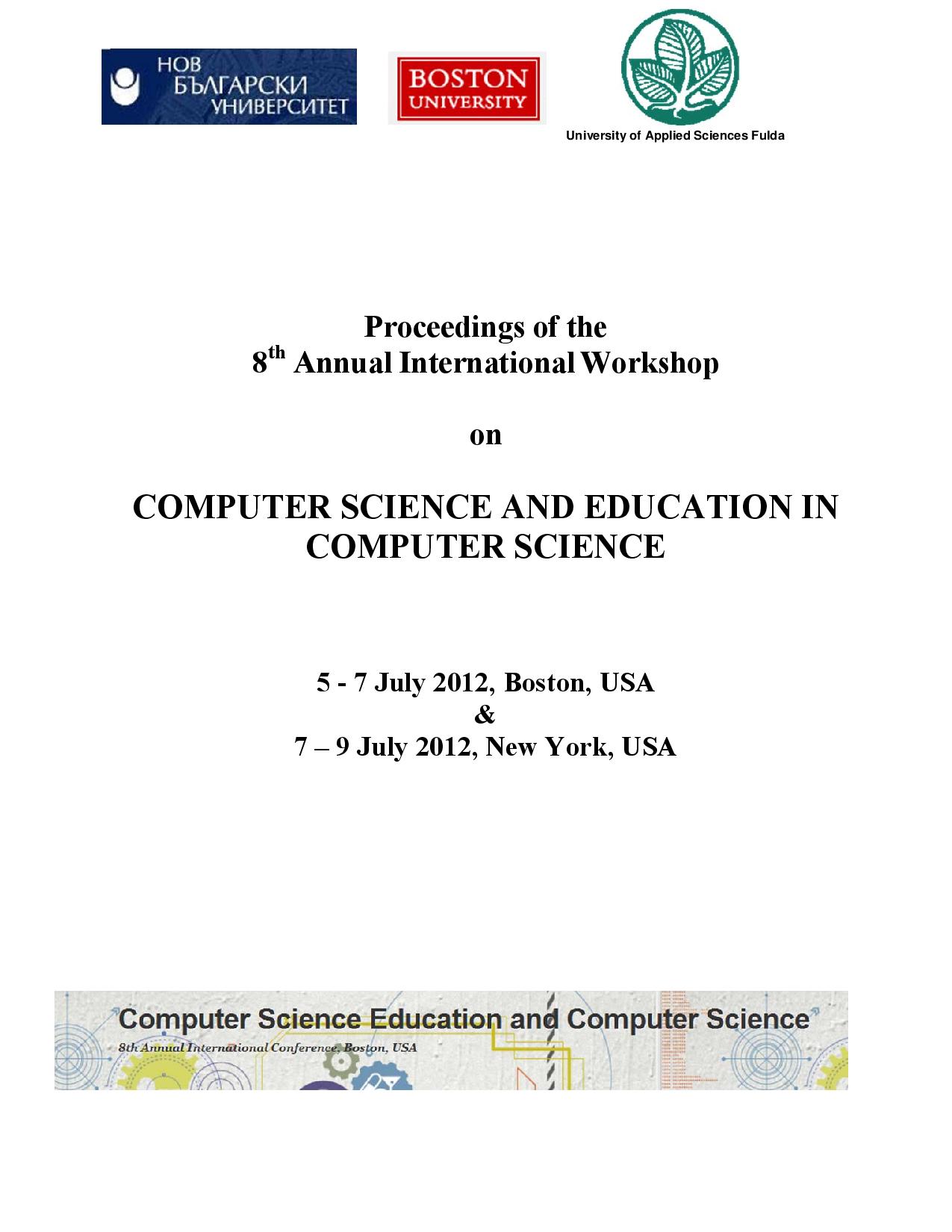Swarm Peer Ports
Swarm Peer Ports
Author(s): Rumen StainovSubject(s): Education, ICT Information and Communications Technologies
Published by: Нов български университет
Keywords: Peer-to-Peer Systems, Mobile Communication; Delay Tolerant Networking; Layered Streaming Coding; Persistent Communication; Mesh-based Peer-to-Peer Streaming;
Summary/Abstract: The Peer Ports allow redundant persistent communication between the peers, even when the receiver peer is frequently disconnected from the network, and the messages will be eventually delivered. This brings about several advantages for mobile peers with limited processing capacity and frequently disconnecting wireless communication channels: (1) Delay tolerant support - in case of interrupted P2P communication, the Peer Ports will be used for addon persistent communication; (2) Low cost communication after interruption – the Peer Port belongs to the same local group as the mobile Peer, ensuring a “low cost” communication, (3) Transparent recovery - it is not necessary to disconnect and to reconnect to the sending peer (or P2P data object) in order to resume the communication, but the Peer Port will transparently restore the lost messages, and (4) Network independent recovery - when the mobile Peer disconnects and reappears in another network with a different peer ID, it can connect to his Peer Port and accomplish the task without creating a new P2P session. Furthermore, we adopted the concept of layered streaming coding to use Peer Ports. According to this, we allowed the streams to go through two Peer Ports, the Base Peer Port and the Enhancement Peer Port, allowing quickly reacting to changes in the wireless throughput, i.e. to maximize throughput and to minimize the delay. In this paper we extend the functionality of Peer Ports to be used in Shared Data networks, like BitTorrent, or live multimedia distribution networks, like IPTV. According to our concept, the Peer Ports from different mobile Peers can be organized in swarms, if they distribute the same shared data, or the same live multimedia transmission. At the same time the mobile Peers possess limited computing and communication capability, and should therefore not participate in the swarm, but directly download the data from their Peer Ports.
Journal: Computer Science and Education in Computer Science
- Issue Year: 8/2012
- Issue No: 1
- Page Range: 138-144
- Page Count: 7
- Language: English

